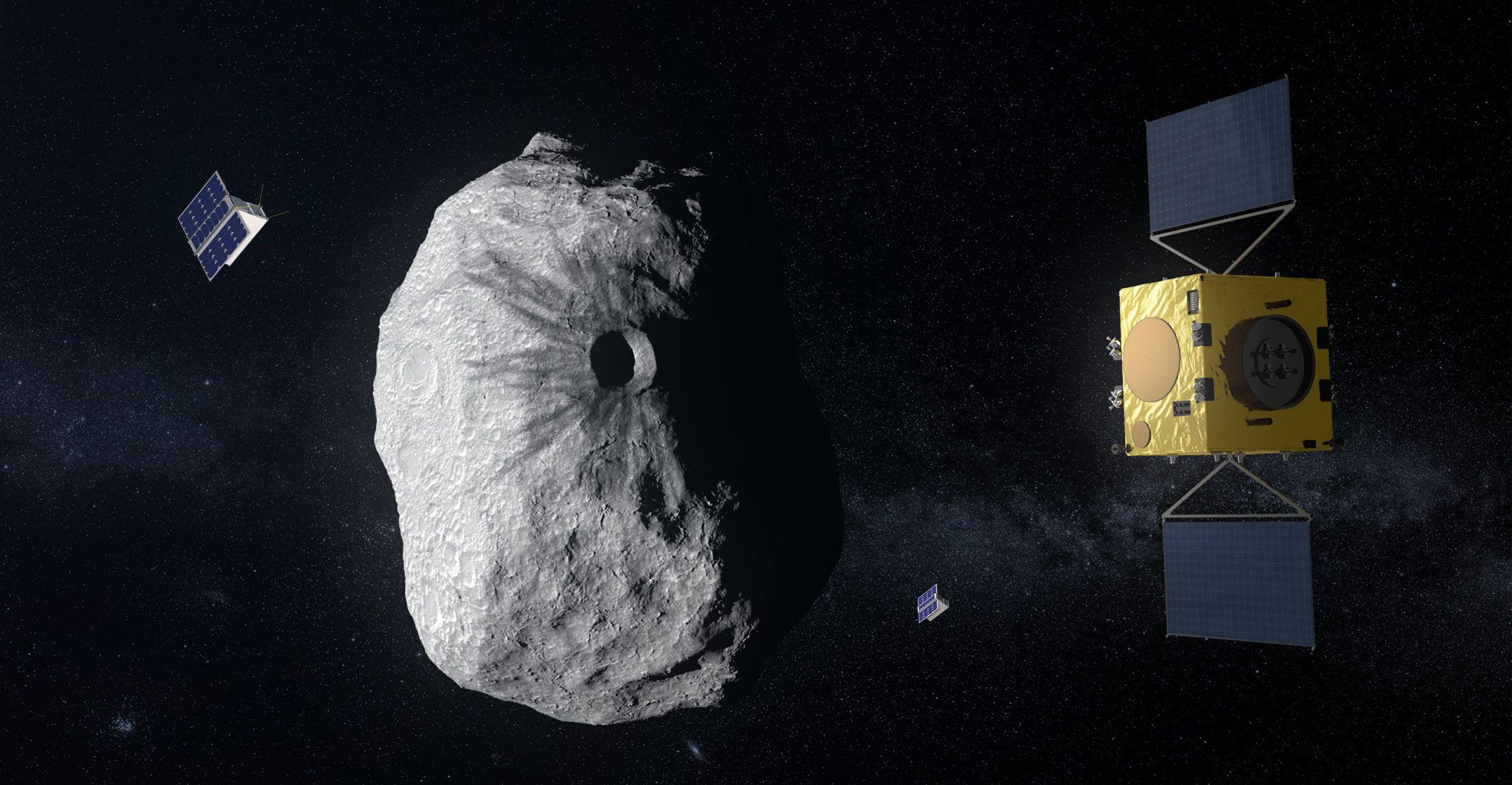 Experts from both sides of the Atlantic are to meet in Rome next week on a mission to prevent asteroids from crashing into Earth.
Experts from both sides of the Atlantic are to meet in Rome next week on a mission to prevent asteroids from crashing into Earth.
Teams from Nasa in the US and the European Space Agency (ESA) are working together on an idea that would see a spacecraft slammed into potentially threatening asteroids, to deflect them away from colliding with the planet.
Asteroid researchers and spacecraft engineers are gathering in a bid to prove that their “ambitious” technique, known as the Asteroid Impact Deflection Assessment (Aida), is a viable method of planetary defence.
The aim is to go for the smaller body of the double Didymos asteroids between Earth and Mars.
One spacecraft would be sent to hit an asteroid, while another would be sent out to obverse and gather data from the the crash site.
Nasa has already started building the Double Asteroid Impact Test, or Dart spacecraft, which is scheduled to launch in summer 2021, reaching its target at 6.6km/s in September 2022.
An Italian-made miniature CubeSat called LICIACube would travel alongside to capture the moment of impact.
ESA would then carry out a mission called Hera, where it will perform detailed measurements of the asteroid’s size and the crater shape, which researchers can use to figure out whether the technique is any use against a real threat.
Collision mission
However, Hera’s final design work is yet to be completed, and Europe’s space ministers still need to make a decision on the proposal in November.
It would also launch later than the primary collision mission, in October 2024, taking a further two years to carry out its journey across space.
“Dart can perform its mission without Hera — the effect of its impact on the asteroid’s orbit will be measurable using Earth ground-based observatories alone,” said Ian Carnelli, responsible for managing Hera at ESA.
“But flying the two missions together will greatly magnify their overall knowledge return. Hera will, in fact, gather essential data to turn this one-off experiment into an asteroid deflection technique applicable to other asteroids.
“Hera will also be the first mission to rendezvous with a binary asteroid system, a mysterious class of object believed to make up around 15% of all known asteroids.”




